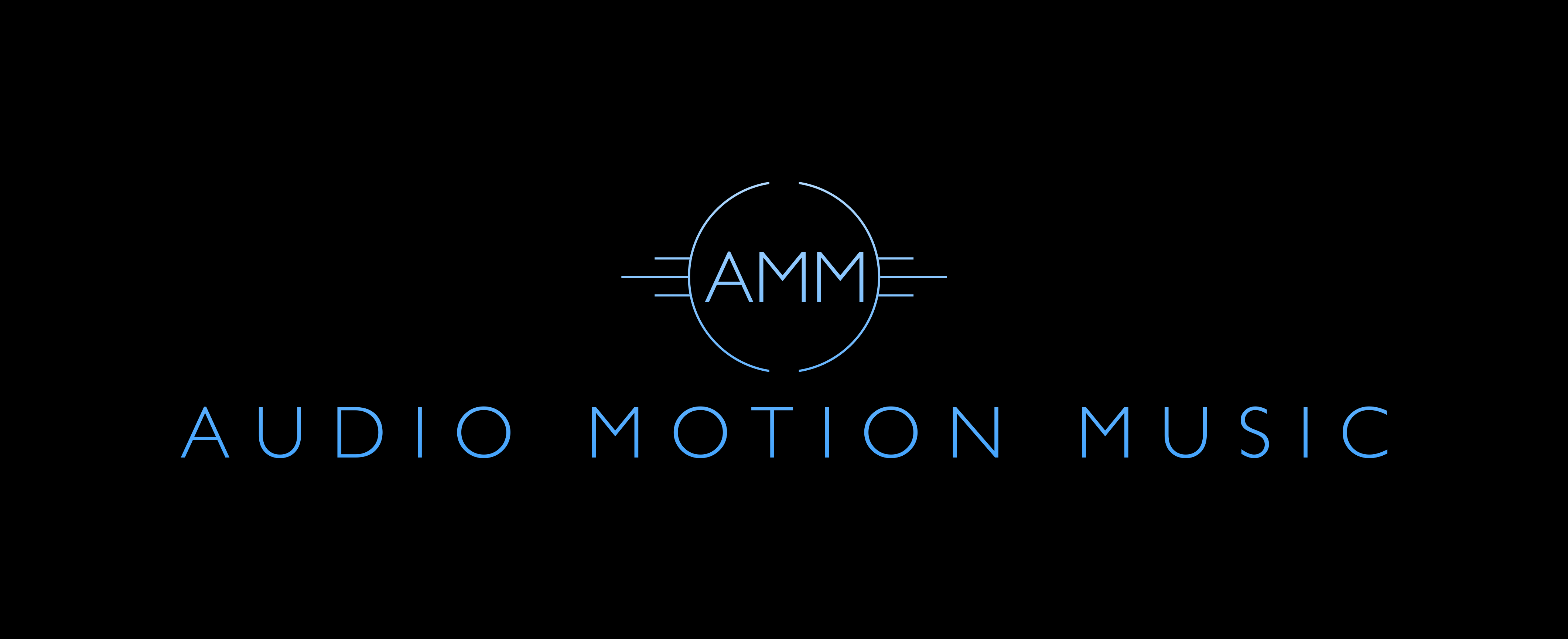As a filmmaker, musician, or creative professional, it’s important to understand the ins and outs of sync licensing. This type of license allows you to use music in a visual production, such as a film, television show, advertisement, video game, or any other multimedia project.
But with so many different types of licenses and royalty structures to choose from, it can be overwhelming to figure out what’s right for you and your project. That’s why we’ve compiled this comprehensive guide to help you understand sync licensing and make informed decisions about the music you use in your work.
What is a Sync License?
A sync license is a license granted by the copyright owner of a piece of music that allows you to use that music in a visual production. This can include any type of audio-visual work, such as a film, television show, advertisement, video game, or any other multimedia project.
The purpose of a sync license is to ensure that the copyright owner of the music is fairly compensated for the use of their work in your production. This compensation is typically in the form of royalties, which are paid to the copyright owner whenever the production is exhibited or broadcast.
Why is a Sync License Important?
A sync license is important for several reasons:
- Legal protection: By obtaining a sync license, you are legally protected against copyright infringement claims. This means that you won’t be sued for using someone else’s music in your production without their permission.
- Royalties: Sync licenses ensure that the copyright owner of the music is fairly compensated for the use of their work. This compensation is typically in the form of royalties, which are paid to the copyright owner whenever the production is exhibited or broadcast.
- Professionalism: Obtaining a sync license demonstrates your professionalism as a filmmaker, musician, or creative professional. It shows that you respect the rights of others and are committed to using music in a legal and ethical manner.
How to Obtain a Sync License
To obtain a sync license, you must first identify the copyright owner of the music you want to use. This can typically be done by searching the Copyright Office database or by contacting the publisher or record label directly.
Once you have identified the copyright owner, you can request a sync license by filling out a sync license agreement form. This form will outline the terms and conditions of the license, including the fee and any restrictions on use.
It’s important to remember that sync licenses are negotiated on a case-by-case basis, so the terms and conditions of your license may vary from those of another production.
Types of Sync Licenses
There are several types of sync licenses to choose from, including:
- Buyout: A buyout license allows you to use the music in your production for an unlimited amount of time. This type of license is typically more expensive upfront, but it eliminates the need to pay ongoing royalties.
- Needledrop: A needledrop license allows you to pay a set fee for each instance the music is used in your production. This type of license is typically less expensive upfront, but it requires you to pay ongoing royalties.
- Blanket: A blanket license allows you to use any music from a particular library or catalog for a set fee. This type of license is typically less expensive than a buyout license, but it may still require you to pay ongoing royalties.
